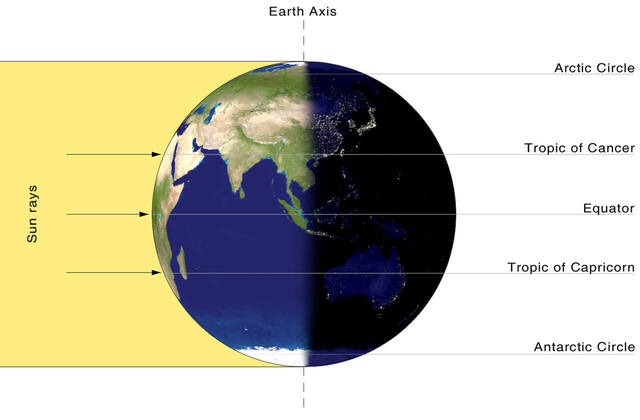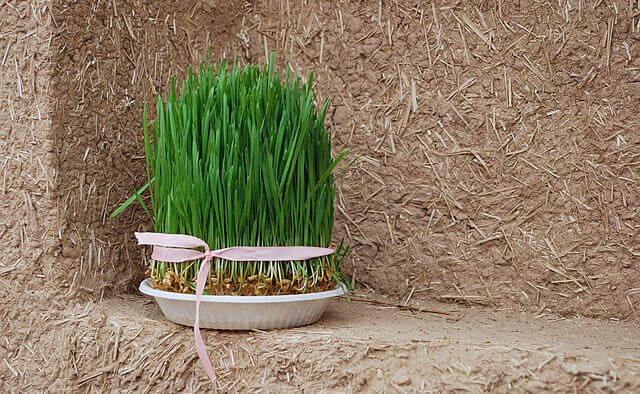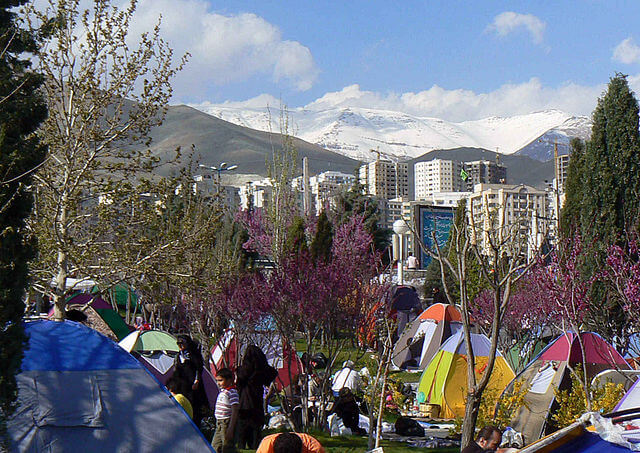NOWRUZ
日本語
|
Nowruz Is One Of The Oldest And Most Cherished Festivities, Which Has Been Celebrated For Over 3,000 Years.
Nowruz, "The New Day", marks the first day of spring and the beginning of the year in the Iranian calendar. It is celebrated on the day of the astronomical Vernal Equinox, which usually falls on March 21. |
|
According to astronomical calculation, the new Iranian year begins on March 21, 2023, at 06:24:28 Tokyo time.
For Iranians, Nowruz is a celebration of renewal and change, a time to visit relatives and friends and pay respect to senior family members. |
|
|
People prepare to welcome the New Year days before by spring cleaning and arranging the "Haft Seen", a table with seven items which their names start with the letter "S", which is set to welcome the Persian New Year. The Haft Seen items are:
|
A mirror, goldfish, boiled painted eggs, dried nuts and fruits, and coins are among the items Iranians include in their Haft Seen.
Family members, all dressed in their best, sit around the table and eagerly await the announcement of the exact time of the vernal equinox over radio or television. The head of the family recites the Nowruz prayers, and after the time is announced, each member kisses the other and wishes a Happy Nowruz, and the elders give gifts to the younger members of the family.
In our family, the custom we followed as teenagers and younger people is amongst my sweetest memories. Right after the New Year announcement, regardless of the time, we were going to visit the immediate family member who was older than us, exchanging happy wishes and gifts, sitting for a chat, and eating some sweets and nuts. After a short while, we all left to visit the next member, who was older than us all.
When the round was completed, we all went back together to our house, where my parents were waiting for us. Another round of exchanges and snacking would begin, but this time it would last for hours. The occasion was so delightful that I was wishing it wouldn’t end. The first few days of the New Year are usually spent visiting relatives and friends. Each visit is reciprocated.
Family members, all dressed in their best, sit around the table and eagerly await the announcement of the exact time of the vernal equinox over radio or television. The head of the family recites the Nowruz prayers, and after the time is announced, each member kisses the other and wishes a Happy Nowruz, and the elders give gifts to the younger members of the family.
In our family, the custom we followed as teenagers and younger people is amongst my sweetest memories. Right after the New Year announcement, regardless of the time, we were going to visit the immediate family member who was older than us, exchanging happy wishes and gifts, sitting for a chat, and eating some sweets and nuts. After a short while, we all left to visit the next member, who was older than us all.
When the round was completed, we all went back together to our house, where my parents were waiting for us. Another round of exchanges and snacking would begin, but this time it would last for hours. The occasion was so delightful that I was wishing it wouldn’t end. The first few days of the New Year are usually spent visiting relatives and friends. Each visit is reciprocated.
|
Nowruz festivities continue for 12 days, and on the 13th day, "Sizdah Bedar - thirteen-in-the-outdoors", people leave the house and joyfully spend the day outdoors, which has been a national tradition since ancient times in Iran.
The Sizdah Bedar was considered "The Blessed Day" of the month of Farvardin, "the 1st month of the year" in the ancient Persian calendar. |
|
It marked the first day of agricultural activity for the Ancient Persians.
On this day, Iranians go to have fun with their families all day long. The essence of the Sizdah Bedar ceremonies is the enthusiasm to start a family, lead a happy life and form friendship. People throw their Sabzeh, which has symbolically collected all the sickness and bad luck, into running water, and young girls tie wild grass tops in a wish for a happy marriage in the coming year. |
KooKoo Sabzi and Sabzi Polow with Fried Fish are some of the foods cooked for New Year’s Day Nowruz.





